Apple has just unleashed a beast for 8K editing. The new M1 Max MacBook Pro is more powerful for 8K editing than the mighty Mac Pro, and that’s a mind-blowing fact. The new MacBook Pro is capable of editing up to 30 streams of 4K ProRes video or up to seven streams of 8K ProRes video in Final Cut Pro, and that’s even more streams than on a 28-core Mac Pro with Afterburner. An editors’ dream? A Mac Pro killer? Read on.
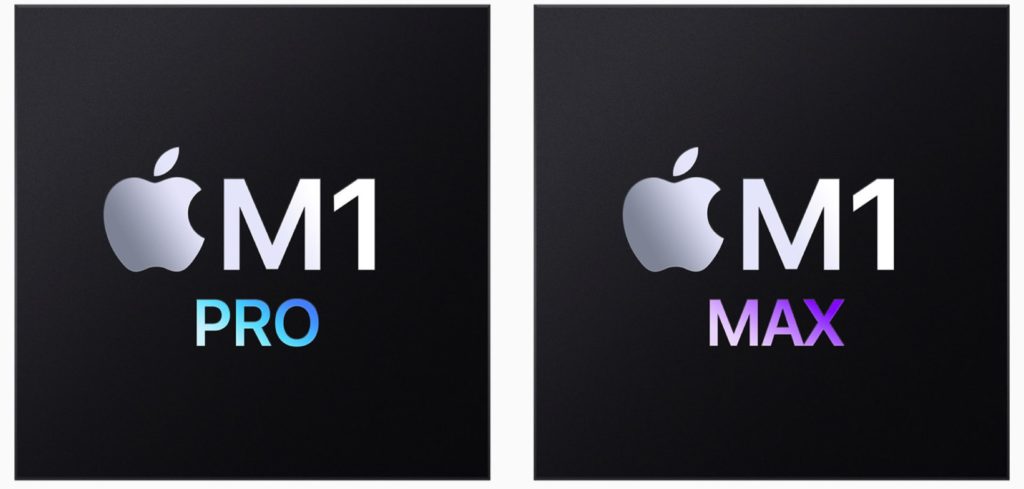
Apple’s new “pro chips”
M1 Pro: Designed to speed up pro video workflows
Yesterday, Apple unveiled the completely reimagined MacBook Pro powered by the all-new M1 Pro and M1 Max, which are the first pro chips designed for the Mac, available in 14- and 16-inch models. The M1 Pro takes the unique architecture of M1 to a whole new level. Featuring a powerful up-to-10-core CPU with eight high-performance cores and two high-efficiency cores, along with an up-to-16-core GPU, M1 Pro delivers up to 70 percent faster CPU performance than M1, and up to 2x faster GPU performance. M1 Pro also delivers up to 200GB/s of memory bandwidth which is nearly 3x the bandwidth of M1 and supports up to 32GB of fast unified memory. Designed to dramatically speed up pro video workflows, M1 Pro adds a ProRes accelerator in the media engine, delivering unbelievably fast and power-efficient video processing.

M1 Max: Doubles the GPU
The M1 Max is the world’s most powerful chip for a pro notebook. The processor was built on the M1 Pro, taking its capabilities even further. M1 Max features the same powerful 10-core CPU as M1 Pro and doubles the GPU with up to a massive 32 cores for up to 4x faster GPU performance than M1. It also has up to 400GB/s of memory bandwidth — 2x that of M1 Pro and nearly 6x that of M1 — and up to 64GB of fast unified memory.
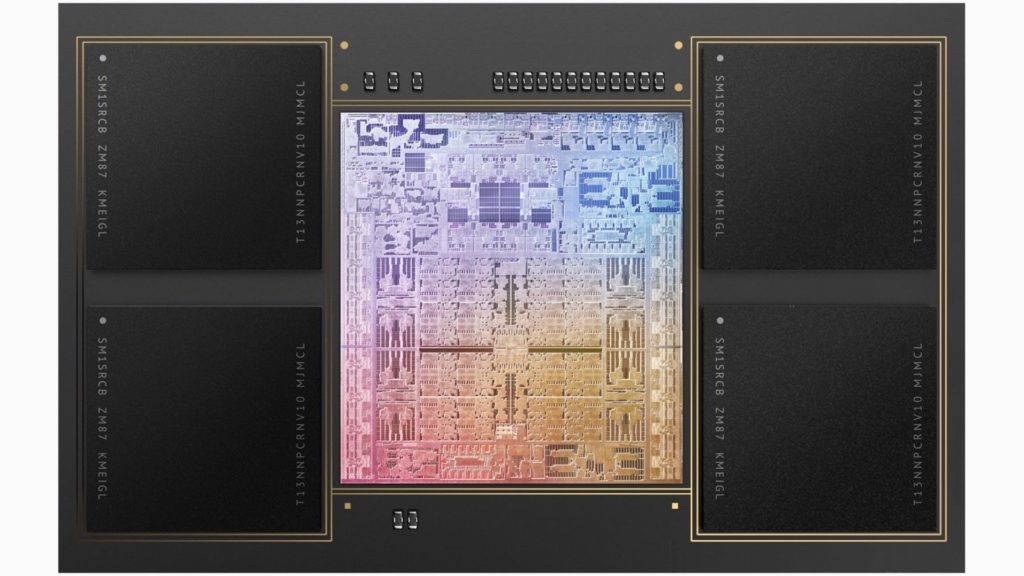
Configurations
The new MacBook Pro is available in 14- and 16-inch models. Each can be configured with the M1 Pro or M1 Max chip. However, according to Apple’s website, the M1 Max is only relevant to the 16-inch model, and the 14-inch can only be configured to the ‘less’-powered M1 Pro.
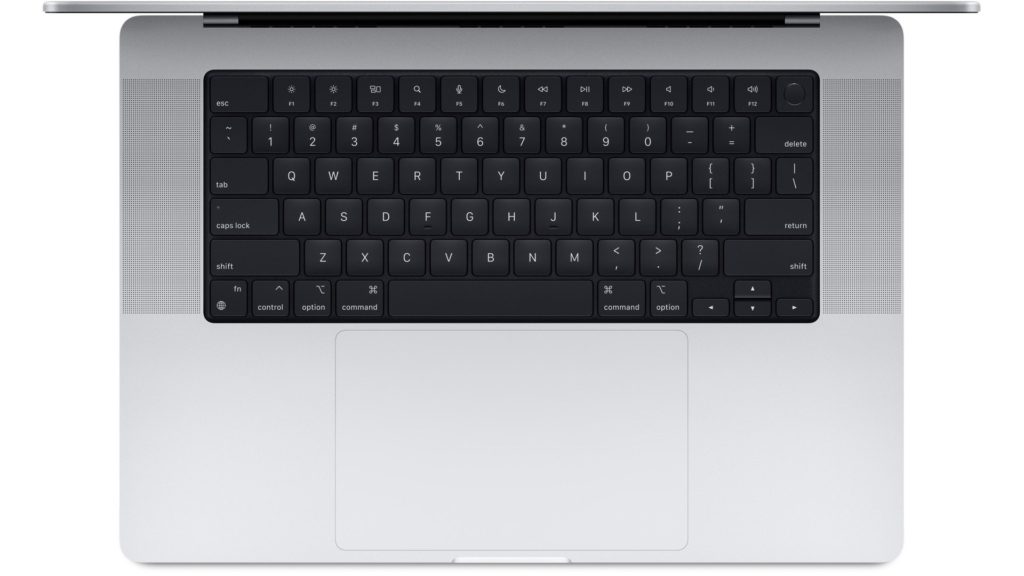
ProRes accelerator engine
Now for the good stuff. M1 Pro and M1 Max include an Apple-designed media engine that accelerates video processing while maximizing battery life. M1 Pro also includes dedicated acceleration for the ProRes professional video codec, allowing playback of multiple streams of high-quality 4K and 8K ProRes video while using very little power. M1 Max goes even further, delivering up to 2x faster video encoding than M1 Pro, and features two ProRes accelerators. With M1 Max, the new MacBook Pro can transcode ProRes video in Compressor up to a remarkable 10x faster compared with the previous-generation 16-inch MacBook Pro.

Compared to the previous M1 MacBook Pro, the new MacBook Pro with the M1 Max chip can handle up to 13.4x faster 4K render in Final Cut Pro.
What does it mean for editors?
Now let’s talk about the M1 Max. As explained, the M1 Max offers an enhanced media engine that features two ProRes accelerators for even higher multi-stream performance. Compared to the previous M1 MacBook Pro, the new MacBook Pro with the M1 Max chip can handle up to 13.4x faster 4K render in Final Cut Pro, and up to 5x faster effect render in Blackmagic Design DaVinci Resolve Studio. Furthermore, the new 16-inch MacBook Pro is capable of rendering up to 2.9x faster 8K streams in Final Cut Pro, up to 4.4x faster scene edit detection in 1080p ProRes 422 video in Adobe Premiere Pro, and up to 4.9x faster object tracking performance in Final Cut Pro, compared to M1 models.
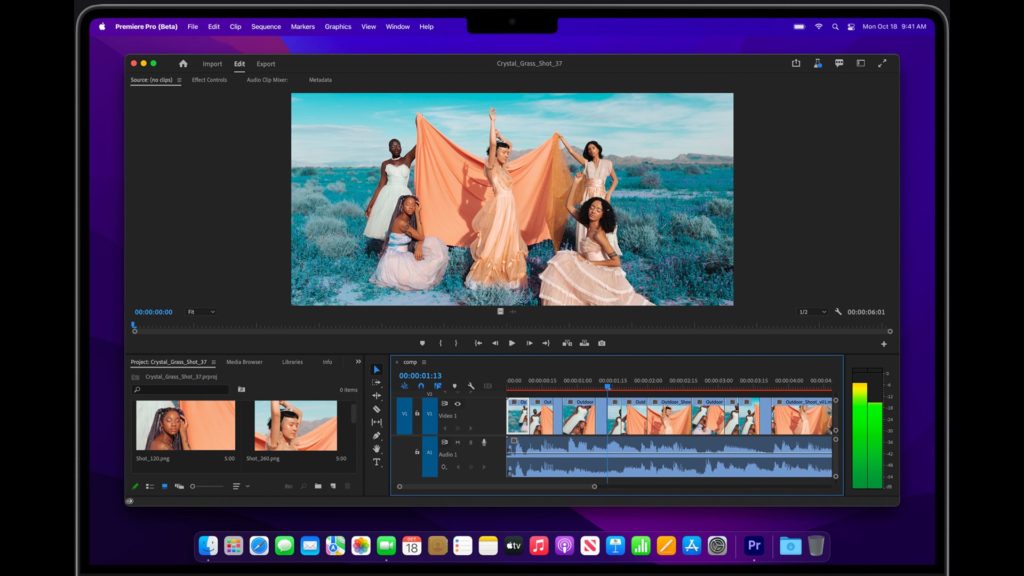
The new 16-inch MacBook Pro is capable of rendering up to 2.9x faster 8K streams in Final Cut Pro, up to 4.4x faster scene edit detection in 1080p ProRes 422 video in Adobe Premiere Pro, and up to 4.9x faster object tracking performance in Final Cut Pro, compared to M1 models.
More than the Mac Pro
As you remember, the Mac Pro which was announced in 2019, was aimed (and still is) at professional content creators. A full specced-out machine will cost you more than $50,000. However, one of the highlights is the graphic accelerator built specifically for the new generation Mac Pro, which is the Afterburner. It’s most intriguing that the Afterburner was developed in order to accelerate ProRes decoding and encoding when editing on Final Cut Pro in the Mac Pro. The Afterburner alone costs $2,000 and was created to enhance Apple ProRes and ProRes RAW workflows for film and video professionals. Afterburner allows you to playback multiple streams of ProRes and ProRes RAW in resolutions such as 8K. A 28-core Mac Pro with Afterburner can playback six streams of 8K DCI ProRes RAW at 29.97 fps or 23 streams of 4K DCI UHD ProRes RAW at 29.97 fps in full quality.
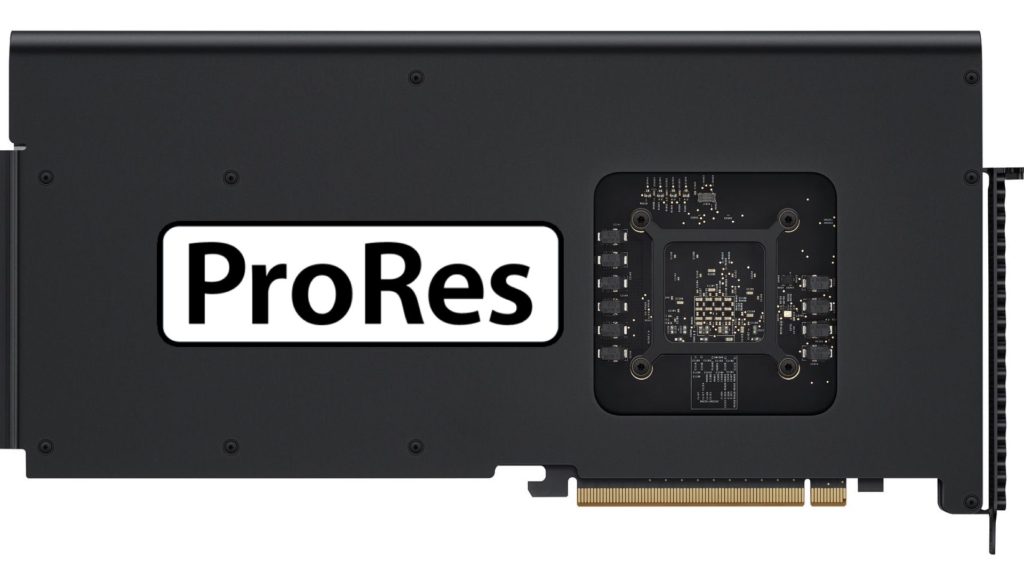
Apple even admits that the M1 Max MacBook Pro can edit more streams than on a 28-core Mac Pro with Afterburner.
Afterburner ‘burned’ into the new M1 Max MacBook Pro
Now back to the M1 Max MacBook pro. Its architecture allows the M1 Max MBP to edit up to 30 streams of 4K ProRes video or up to seven streams of 8K ProRes video in Final Cut Pro. Apple even admits that this laptop can edit more streams than on a 28-core Mac Pro with Afterburner. Moreover, for the first time on any Mac, video editors can grade color in HDR on 8K ProRes 4444 video on battery.
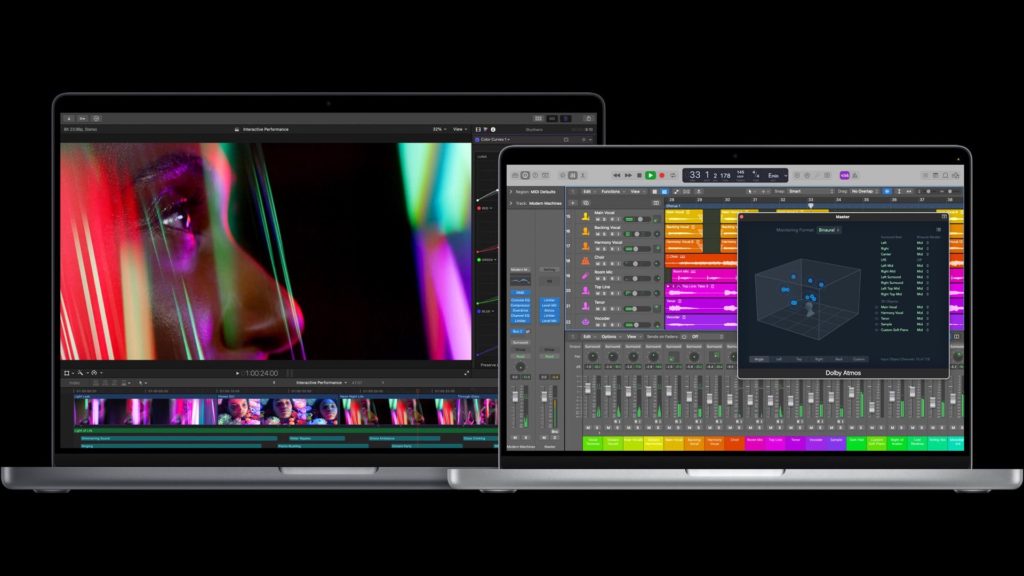
Its architecture allows the M1 Max MBP to edit up to 30 streams of 4K ProRes video or up to seven streams of 8K ProRes video in Final Cut Pro.
Pricing and Availability
The new MacBook Pro models with M1 Pro and M1 Max are available to order today. They will begin arriving to customers and will be in select Apple Store locations and Apple Authorized Resellers starting Tuesday, October 26. The new 14-inch MacBook Pro model starts at $1,999 (US), and $1,849 (US) for education; the 16-inch MacBook Pro model starts at $2,499 (US), and $2,299 (US) for education. You can purchase them on the B&H and Adorama online stores as well (see the Product List at the end of this article).
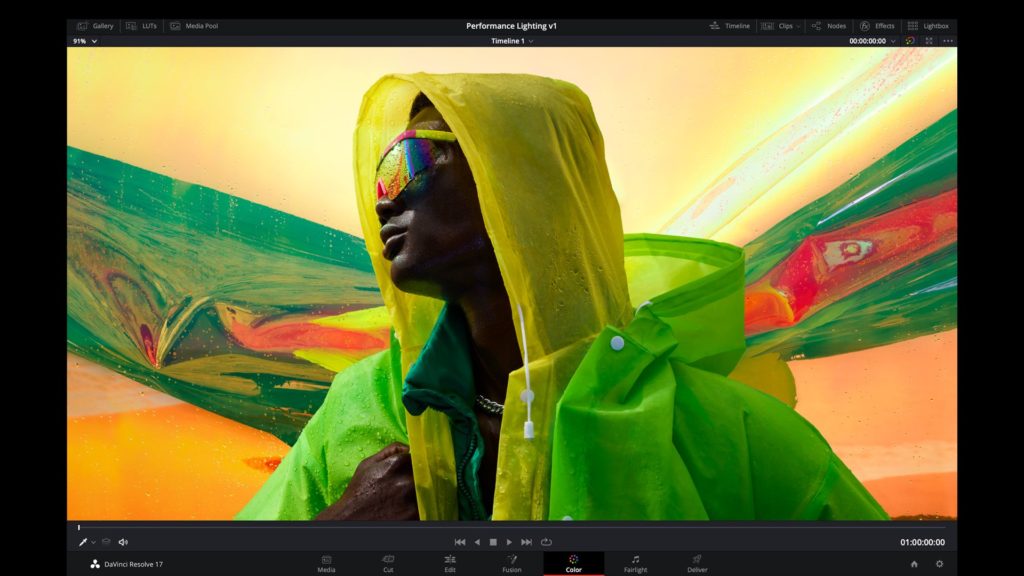
Up to 5x faster effect render in Blackmagic Design DaVinci Resolve Studio compared to M1 models
Conclusions
The new MacBook Pro with the new M1 Max ‘pro’ chip is more powerful than the Mac Pro when 8K ProRes editing is needed. A 28-core Mac Pro with Afterburner can play back 6 streams of 8K DCI ProRes RAW at 29.97 fps or 23 streams of 4K DCI UHD ProRes RAW at 29.97 fps in full quality, compared to the new M1 Max laptops that can edit up to 30 streams of 4K ProRes video or up to 7 streams of 8K ProRes video in Final Cut Pro. And that’s without any specialized card installed (Afterburner, which costs about 2/3 of the whole laptop!). Now, a big question has been raised. Why should pro editors invest in the Mac Pro, when the mobile and more powerful and affordable option stands on the shelf? That’s a good question, Hah? Anyway, don’t bury the Mac Pro yet, since according to Bloomberg, the new Mac Pro desktop is expected to come in at least two variations: 2X and 4X the number of CPU and GPU cores as the M1 Max. That’s up to 40 CPU cores and 128 GPU cores on the high-end. And that’s a real beast!
Product List
Here’re the products mentioned in the article, and the links to purchase them from authorized dealers.
- Apple 14.2″ MacBook Pro with M1 Pro Chip
- Apple 16.2″ MacBook Pro with M1 Pro Chip
- Apple 16.2″ MacBook Pro with M1 Max Chip

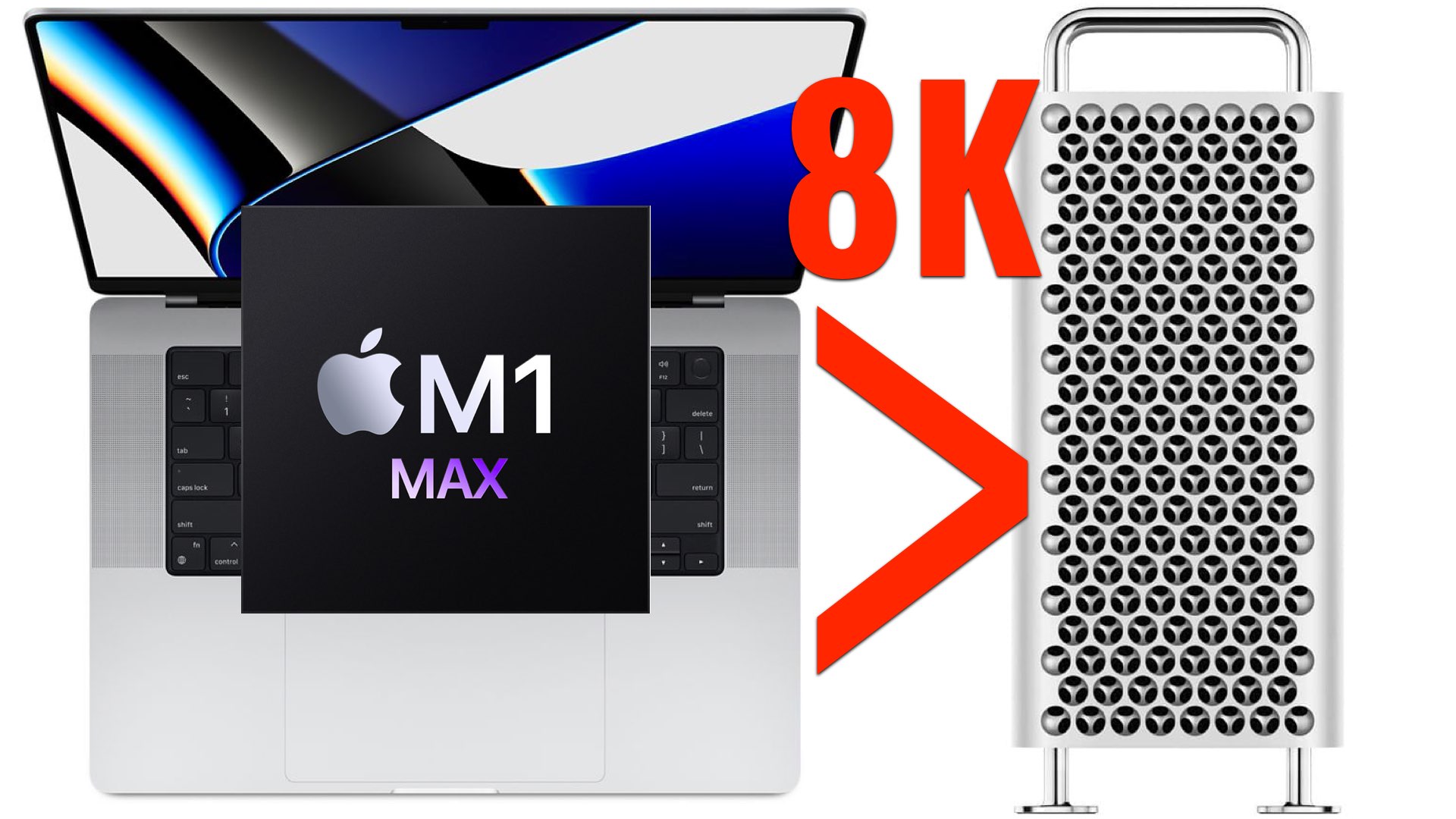







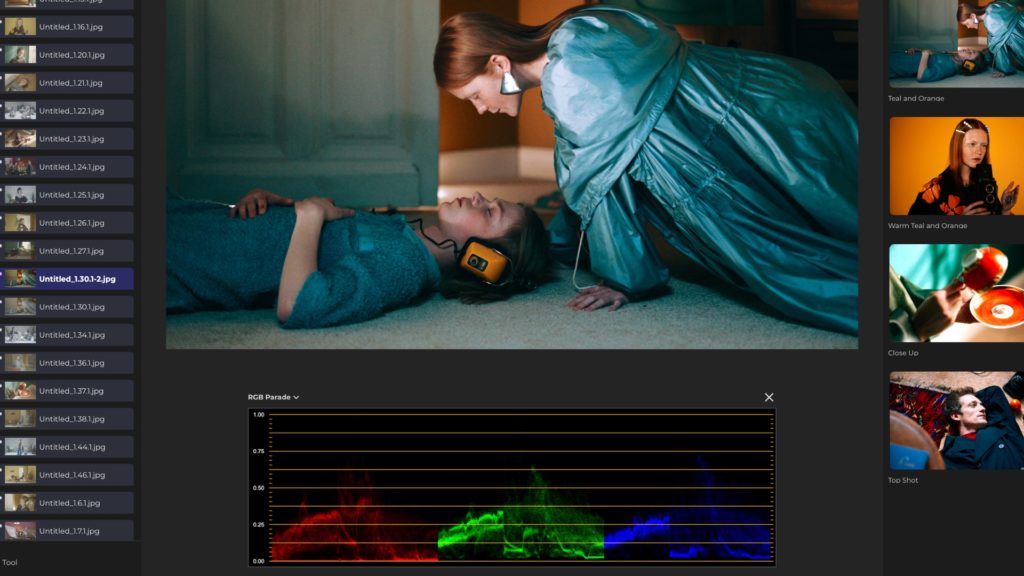







I see a lot about Prores and ProresRaw, which is great to know. But what about editing with BlackmagicRaw in Premiere or Resolve or exporting to h264? My friend has one of the fairly new m1 13″ laptops and it breezes through prores, but screeches to a halt when rendering simple projects to HD h264.
Your article is incorrect. The 14″ can be made to the exact specifications of the 16″, including the 64GB of RAM and the M1 Max.
Uh, it doesn’t even have a 4k screen, why would i buy a laptop for video editing that can’t even display 4k without an external monitor?
Why you need a 4k monitor on a laptop? If you want see a proper 4K resolution you need at least 27″ monitor.